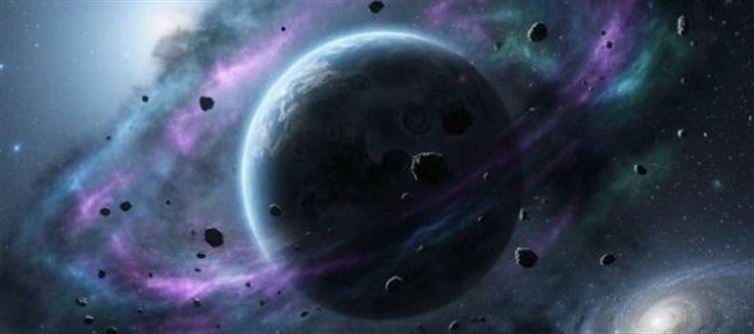
Our solar system may be far stranger than we ever imagined. Astronomers have spotted tantalizing evidence of a mysterious celestial body lurking on the outer fringes of the Kuiper Belt—Planet Y.
While it hasn’t been seen directly, unusual tilts in the orbits of distant icy bodies suggest something massive is tugging at them. Scientists warn that this discovery doesn’t just hint at a new planet—it could rewrite the architecture of our solar system.
💫 1. What is Planet Y?
• Planet Y is a hypothetical planet, likely smaller than Earth but bigger than Mercury.
• It’s distinct from the previously theorized Planet Nine, which is much larger and further out.
• Its presence is inferred from the unexpected 15-degree tilt in the orbits of about 50 distant Kuiper Belt objects.
• Lead author Amir Siraj of Princeton university calls it “not a discovery of a planet, but a puzzle that a planet could solve.”
🪐 2. Where is Planet Y?
• Orbiting 100 to 200 times the Earth-Sun distance, Planet Y is deep in the outer solar system, far beyond Neptune.
• Its orbital tilt is at least 10 degrees relative to the known planets, explaining the anomalous tilts seen in icy bodies.
• Scientists say it could coexist with Planet Nine, meaning our solar system may have not one but multiple hidden planets.
🧪 3. How Scientists Found It
• Planet Nine inspired the team to search for more distant planets in the Kuiper Belt.
• Computer simulations revealed the unexpected tilt at 80 AU (Earth-Sun distance) could not be explained by passing stars or standard models.
• “It was quite a surprise to find the solar system suddenly appears tilted by about 15 degrees,” said Siraj.
🔭 4. Why This Discovery Matters
• Planet Y could redefine our understanding of solar system formation.
• If confirmed, it would make the outer solar system even more crowded and mysterious.
• Understanding its orbit could explain long-standing anomalies in the Kuiper Belt.
⏳ 5. When Will We Know for Sure?
• Scientists expect Chile’s Vera C. Rubin Observatory to begin a 10-year survey later this year.
• Within 2-3 years, this powerful telescope could provide definitive evidence of Planet Y.
• Until then, Planet Y remains one of the most tantalizing cosmic mysteries of our time.
🧨 Bottom Line
The discovery of Planet Y is more than a cosmic curiosity—it’s a staggering reminder of how little we truly know about our own solar system. Hidden worlds may be orbiting quietly in the shadows, waiting for our telescopes and ingenuity to uncover them. Planet Y could soon go from hypothesis to reality, changing the way we see our place in the cosmos forever.




 click and follow Indiaherald WhatsApp channel
click and follow Indiaherald WhatsApp channel